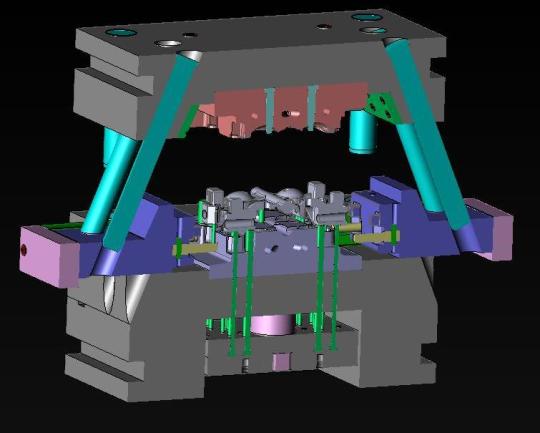Product manufacturers are constantly looking for ways they can use to reduce the manufacturing casts. Precision castings offer an efficient technique to decrease expenses related to fabrication and machining. Wondering how this process can be economical in the long run?
You can save a lot of money, if you are clear about what you want when the cast design is being prepared. By incorporating many features of the tool design in the casting design, you will be able to save on a lot of extra work and resource. Discuss the design with the engineers to find ways in which the cast design can be optimized to give you better results and stronger casts. In case you want to have the logo or date on the part produced, you can incorporate it in the design itself. So, you don’t have to separately stamp the details on the product after it comes out of the cast.
The metal alloy you choose for the precision castings will also play a major role in determining your production expenses. You will have to choose the best metal alloy for the product based on the features of the element and the purpose of the finished product. If the finished product has to withstand a lot of stress and pressure, then you can choose aluminium alloy for casting. On the other hand, if the finished product has to be lightweight, then magnesium or tin alloys will be perfect for the job. Based on the metal alloy selected, you can alter the temperature, pressure and other conditions during precision castings. By determining the conditions in which the casting is done, the cast can be customized for optimum results. Also, for some metal alloys like zinc and aluminium, you don’t need to spend a lot on finishing. It is because the metal alloy itself has a good finishing, which will be reflected in the metal cast you make. So, you get maximum returns for the money you put in.
Unused casts can be recycled and used again. This is one way in which precision casting helps save you more money. If a cast has come out wrong or broke while removing from the cast, you don’t have to throw it into the bin. Again while finishing or polishing, some pieces of cast may fall. Put all the wastes in the kiln, melt the metal and reuse it again. In a production process, where there is absolutely no chance of wastage, how can one not save money?
You can save a lot of money, if you are clear about what you want when the cast design is being prepared. By incorporating many features of the tool design in the casting design, you will be able to save on a lot of extra work and resource. Discuss the design with the engineers to find ways in which the cast design can be optimized to give you better results and stronger casts. In case you want to have the logo or date on the part produced, you can incorporate it in the design itself. So, you don’t have to separately stamp the details on the product after it comes out of the cast.
The metal alloy you choose for the precision castings will also play a major role in determining your production expenses. You will have to choose the best metal alloy for the product based on the features of the element and the purpose of the finished product. If the finished product has to withstand a lot of stress and pressure, then you can choose aluminium alloy for casting. On the other hand, if the finished product has to be lightweight, then magnesium or tin alloys will be perfect for the job. Based on the metal alloy selected, you can alter the temperature, pressure and other conditions during precision castings. By determining the conditions in which the casting is done, the cast can be customized for optimum results. Also, for some metal alloys like zinc and aluminium, you don’t need to spend a lot on finishing. It is because the metal alloy itself has a good finishing, which will be reflected in the metal cast you make. So, you get maximum returns for the money you put in.
Unused casts can be recycled and used again. This is one way in which precision casting helps save you more money. If a cast has come out wrong or broke while removing from the cast, you don’t have to throw it into the bin. Again while finishing or polishing, some pieces of cast may fall. Put all the wastes in the kiln, melt the metal and reuse it again. In a production process, where there is absolutely no chance of wastage, how can one not save money?

